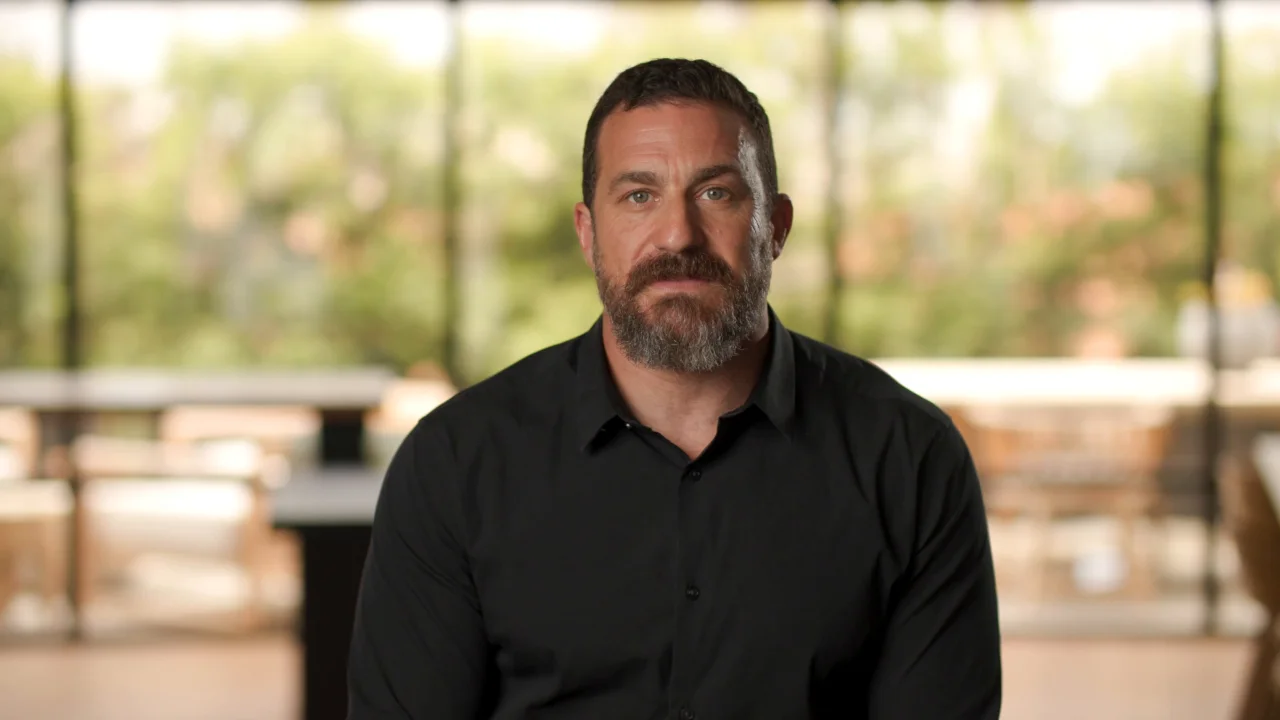
Creator and founder of breath~breaks. Discovered breath breaks after 7+ years of trying to integrate mindful practices into daily life.
Meditation isn’t the only way to be mindful
Let’s be honest, traditional meditation doesn’t work for everyone. Maybe you’ve tried it and felt restless, bored, or just didn’t connect with it. That’s okay.
The good news? You can still experience the benefits of mindfulness—without ever sitting cross-legged on a cushion.
In this post, you’ll discover simple, everyday ways to practice mindfulness without meditating, so you can feel more present, calm, and centred. No matter how busy life gets.
Mindfulness beyond meditation
Mindfulness is about being aware of the present moment without judgment. Meditation is just one method for practicing that awareness—but it’s far from the only one.
You can be mindful while walking, eating, brushing your teeth, or listening to music. In fact, many people find that mindfulness without meditation feels more natural, especially during a busy day.
If meditation feels like a barrier, skip it. Mindfulness isn’t a ritual ~ it’s a way of being.
Why you might want alternatives to meditation
Not into sitting still and focusing on your breath for 20 minutes? You're not alone.
Here are some common reasons people seek non-meditation mindfulness options:
- “I don’t have time.” Life’s busy. Finding 10–20 minutes of quiet time can feel unrealistic.
- “I can’t sit still.” If your mind races or your body feels restless, traditional meditation may feel frustrating.
- “I’ve tried, and it doesn’t work for me.” Not everyone connects with formal meditation—and that’s completely valid.
The key takeaway: you can build a mindfulness practice that works for you.
5 ways to practice mindfulness without meditating
These informal practices bring mindfulness into your day ~ no silence or special setting required.
1. Mindful morning routine
Start your day with presence, not just productivity.
As you brush your teeth, shower, or make coffee, try doing just one thing at a time. Feel the water on your skin, notice the scent of your shampoo, really taste your coffee.
Giving these moments your full attention helps you begin your day grounded and clear.
2. Mindful walking
Walking is movement, but it can also be mindfulness in motion.
Next time you walk—across your home, outside, or even between meetings—slow down just a little. Feel your feet hit the ground. Notice your breath. Look around.
This simple shift helps reconnect body and mind.
3. Mindful eating
Pick one meal or snack today to eat without distractions.
Put down your phone. Notice the colors, textures, and smells of your food. Take slower bites and really taste what you’re eating.
Mindful eating helps you enjoy your food more, and tune in to how your body feels.
4. Mindful listening
Instead of waiting to reply in a conversation, try just listening.
Notice the tone, pace, and pauses of the speaker. Let yourself fully hear them before responding.
You can also practice this with music: choose a song and listen with intention—no multitasking.
5. Mindful single-tasking
Choose one small task today—washing dishes, folding laundry, organizing your desk—and do it without multitasking.
Focus only on that task. Notice the motions, textures, and rhythm. Let yourself be absorbed in it.
Turning everyday chores into mindful rituals can bring a surprising sense of calm.

Maybe do some mindful shopping?
Make it a daily habit
You don’t need to carve out extra time to be mindful—just look for opportunities in your daily flow.
Here are a few tips:
- Pair mindfulness with routines. Try a body check-in while waiting for the kettle to boil, or mindful walking during your lunch break.
- Use gentle reminders. Sticky notes, phone alerts, or wearable nudges (like breath~breaks™) can help you pause and reconnect throughout the day.
- Try a mindfulness tool you’ll actually use. If you struggle to remember to take mindful moments, a wearable like breath~breaks™ can guide you back to calm with subtle, breath-based cues—without adding screen time or tasks to your list.
- Don’t overthink it. One mindful moment is better than none. No need to “do it perfectly.”
Final thought: Mindfulness, your way
There’s no one-size-fits-all when it comes to mindfulness. If meditation isn’t for you, that’s perfectly fine.
What matters is finding small ways to return to the present. The more you do it, the easier it becomes.
You’re not failing at mindfulness—you’re just finding your version of it.
Want more mindful moments without the pressure of meditation?
Sign up to our community at breathbreaks.me and get access to our calming tools, content, and ideas to reset — your way.
.png)

%402x%20(2).svg)






